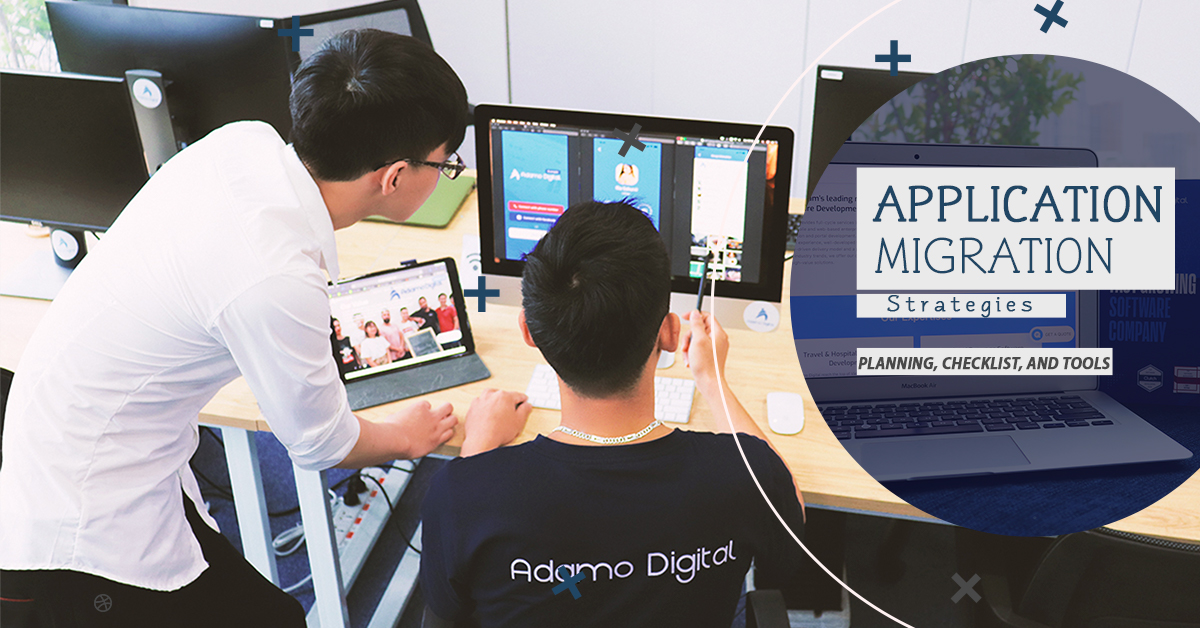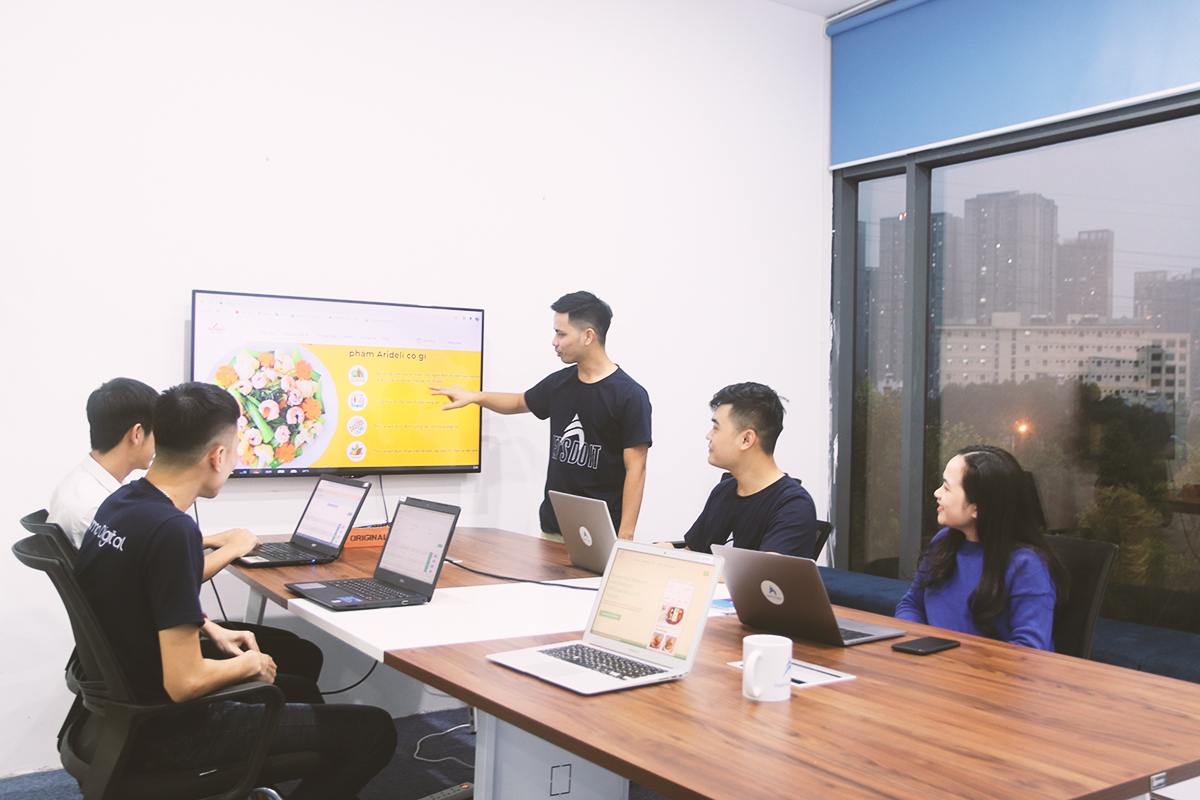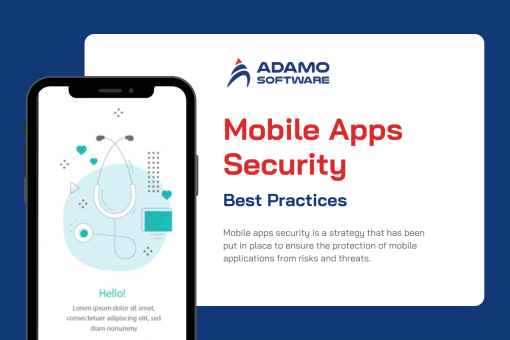Guide to Application Migration Strategy: plan, checklist, and tools

The current app development philosophy tends to be integration and connection that companies need a suitable application migration strategy across IT infrastructure.
Software application migration strategy
In 2019, the global size for software migration reached roundly US$119 billion with tremendous potential for expansion. In the software migration market, the expected growth rate will be at least 29% in the next five years. Accordingly, the global market value will be US$ 448 billion in expectation.
The significant driving factor of mobile application migration is related to the demand for increased scalability and mobility from every business. As a result, the data and infrastructure would be upgraded regularly that current internal resources cannot adapt to this change. Accordingly, they need support from third parties.
Unfortunately, the outbreak of COVID 19 might break several predictions in terms of application migration strategies. Many experts also expressed their optimistic thought regarding the future of mobile application migration. Expressly, when a restriction has been imposed in many areas, companies might accelerate their application migration plan. According to Microsoft, the cloud service demand has dramatically increased by over 700% during the pandemic.
Also read: What is HTML5 Mobile App? Creating Mobile Apps with HTML5
Mobile application migration
In general, implementing a mobile application migration plan expresses the relocating process for applications, from their initial environment to another option. Since the development and convenience of cloud environment, mobile application migration can be expressed as the methodology of migrating the app to cloud environment.
Depending on the utility and requirement of companies and users, cloud services are divided into three sections:
_ Public cloud environment
_ Private cloud environment
_ Hybrid cloud environment
Unfortunately, the technology of application migration is seemingly under mature that companies and also software development providers are facing a series of technology challenges.
Application migration strategy

As part of the system migration strategy, application migration shared a similar concept.
_ Retiring strategies refer to the process of considering which apps need to be eliminated or to be replaced. Software developers depend on business models to estimate the value of applications for further development phases. Hence, they would determine retiring strategies.
_ Retaining: by contrast with the retiring application migration strategy, retaining strategies focus on reviewing a current application. Accordingly, the application, which is not suitable for cloud migration, would be selected. However, it would not totally remove as retiring strategies did that would be retained for future utilize
_ Rearchitecting in Application migration strategy specializes in the profound change in the application architecture. Companies need to consider the adjustment in many factors, including scale, agility, and also performance. Accordingly, for rearchitecting, companies consider a partial cloud-native approach.
_ Repurchasing strategy suggests developers hire services from the SaaS platform. This service focus on moving a new version of the application on it. The SaaS platform would not be responsible for an upgrade that the dedicated development team needs to hand over.
_ Rehosting refers to a fundamental application migration strategy with minimal effort. In executing rehosting strategy, the software development team only needs to redeploy the current software to an IaaS (Infrastructure as a service) ecosystem or third-party infrastructure. Using rehosting, companies could cut down the migration time. Without further steps, the application could instantly run in the cloud. Additionally, during deployment, developers are allowed to adjust the term of architecture and optimizations.
_ Re-platforming presents the strategy applied to mobile application development, which does not play a core position in business models. Accordingly, mobile app developers would upgrade the apps concerning the below factors to move them into the cloud with retaining the core functions
| Codebase | Dependencies | Config |
| Backing services | Release | Process |
| Port binding | Concurrency | Disposability |
| Prod parity | Log | Admin process |
Application migration strategy: complete process
It is hard to say that the application migration process follows the same regulation for every provider. Depending on the cloud services providers, companies might experience different services. In general, they should consider below checklists and tools
Application migration strategy checklist
1. Operation system migration
The OS migration takes place when it leaves from the initial location in a computer disk to storage on a virtual cloud system. In this case, the entire system would be moved, including all available software, data, and performance. Operation system migration expectedly boosts functionality speed while retaining the compatibility among the OS and accessible functionality.
2. Database migration
Database migration describes the effort of changing the type of database only, while another element of the environment will remain unchanged. There are three cases of database migration:
_ Physical location migration: changing in the data storage location
_ Migrating type of provider
_ Changing in data format
Database migration is commonly used when the existing servers have been outdated or need to be maintained. Otherwise, when companies expect to upgrade the data center or integrate software access into one ecosystem, they need database migration. In reality, payment and transportation are two typical examples of database migration that each member migrates its data into a standard server.
3. Cloud migration
The heart of cloud migration expresses the collaboration with the host and the third party, which provides a cloud server. When it comes to cloud migration, mobile app development companies could relocate their access from an on-site system to the cloud, or even between different cloud platforms. The assesses could be a mobile app, software solutions, and data. Accordingly, a third party would have access to distributed data from companies.
Obviously, cloud migration attaches the risk of business secret leakage that harms the health of your company. Accordingly, companies need to select cloud service providers carefully. On the other hand, cloud migration is believed as a cost-effective solution to users that empower the simplicity of application integration in the digital world.
4. Content migration
Content management systems control the rich content for the whole application or other assets that it takes time when companies have a plan to migrate it. In fact, the contents might display in several forms that it finds difficult for migration. During the content migration process, it is a high potential for incorrect display or errors, which need comprehensively experienced developers to solve. The process will be done when the right contents are put along with the compatible URLs.
5. Entire IT infrastructure migration
IT infrastructure migration is involved in the profound process of moving the whole necessary assets to another system. The expert claimed that this migration induces the highest level of risk, partly affecting the rest of the company’s operation. To ensure the completed result of IT infrastructure migration, companies need close collaboration from vendors, including offshoring IT development providers, data centers, and internal shell services.
Application migration tools
Obviously, you could find several options for service providers of application migration available in the market. However, we will generate some of the most reliable application tools here:
| AWS Migration Hub | AWS Application Discovery Services |
| CloudEndure Migration | TSO Logic |
| IBM Cloud service | Azure Migration Tools |
| Corent SurPaaS | Google Migration Services/Velostrata |
| AppDynamics | Dynatrace |
Application migration plan-Making Application migration strategy

Application migration plan to cloud
Step 1: Assessing the software or applications
In the first step, you should make sure whether the application needs to migrate or not. By which, these characteristics of your application development are needed to take into account:
_ Business impact
_ Critical business demand
_ Data integration
_ Manageability
_ Migration budget
_ The potential value of migration plan
Step 2: Estimating the total cost of ownership
When you finally come up with the decision of application migration strategies, you should concern the plan with the available budget and cost:
_ Cost for purchasing
_ Cost for operating
_ Cost for maintenance
Also, companies need to consider the payment method as a significant criterion in selecting vendors helping with their application migration strategy.
Step 3: Assessing the potential risks during the application migration plan process
Before executing the strategy, you need to evaluate the overall risk for the project. Accordingly, the backup plan and solutions should be prepared based on the potential risk detected.
Types of cloud in application migration strategy
Application migration deployment tends to be suitable for companies, which need end-to-end support. Cloud software development vendors will offer their clients full services from the plan, implementation, and maintenance of the application migration project. They can also support clients with testing and fixing when the error occurs.
Could managed services include the option of monitoring and maintaining the cloud environment. In which the software development vendors are responsible for application functionality and software arrangement within the environment.
Application modernization offers clients the option of modifying the application once it is migrated to the cloud that users can test the change and performance in a virtualized environment.
Final thought
To comprehensively adopt the digital world, companies need an efficient application migration strategy, which not only minimizes the risk of migration but also comes up with a high-performance result.











